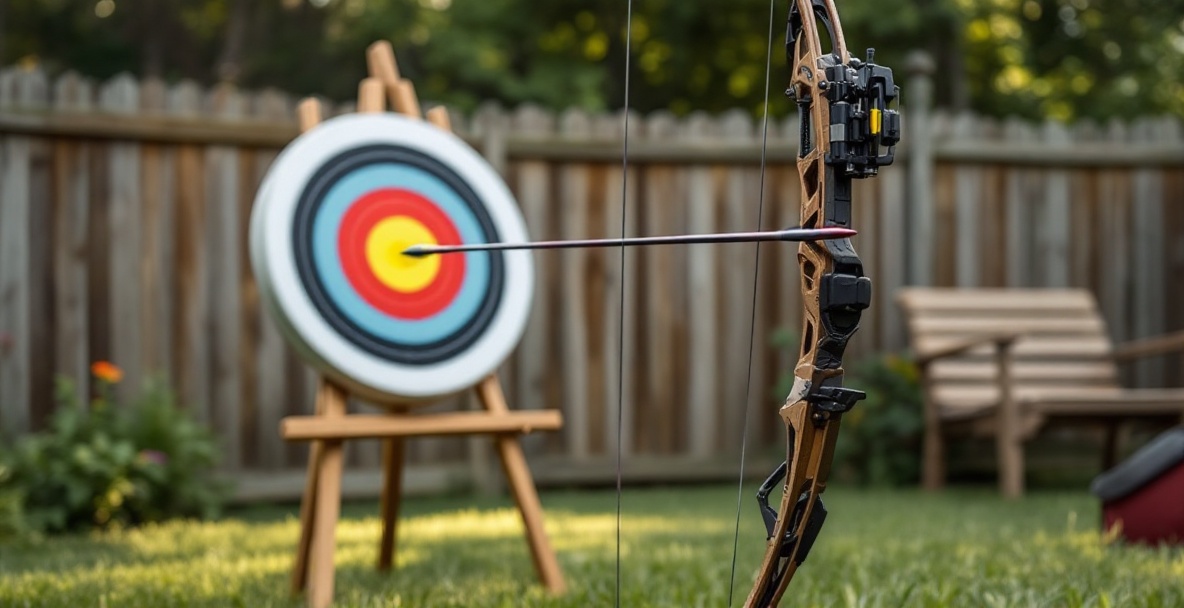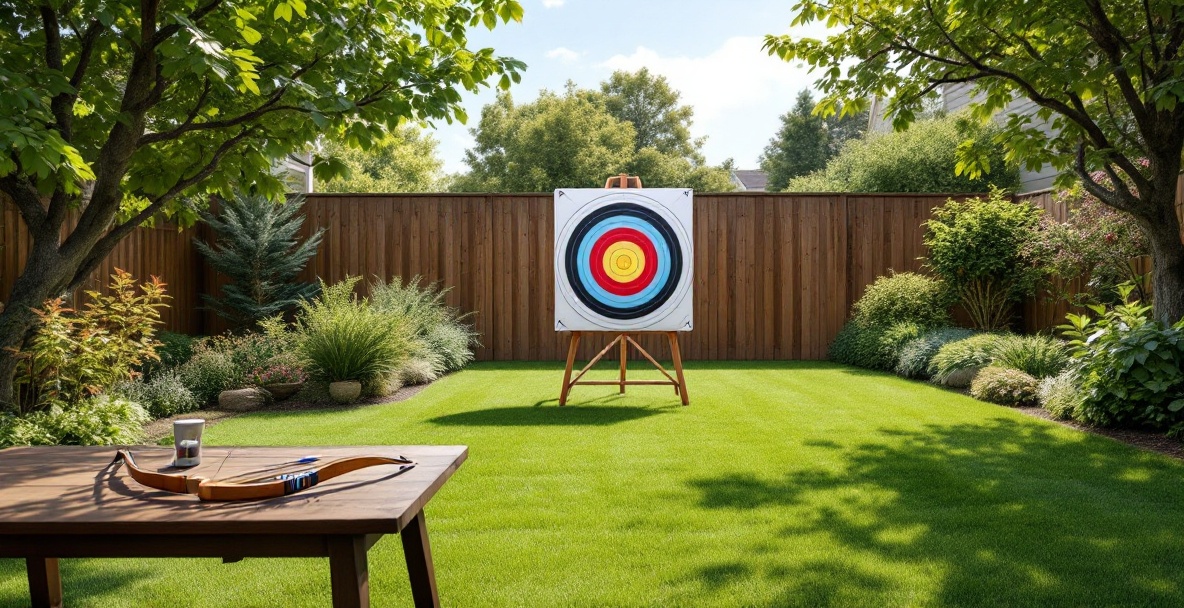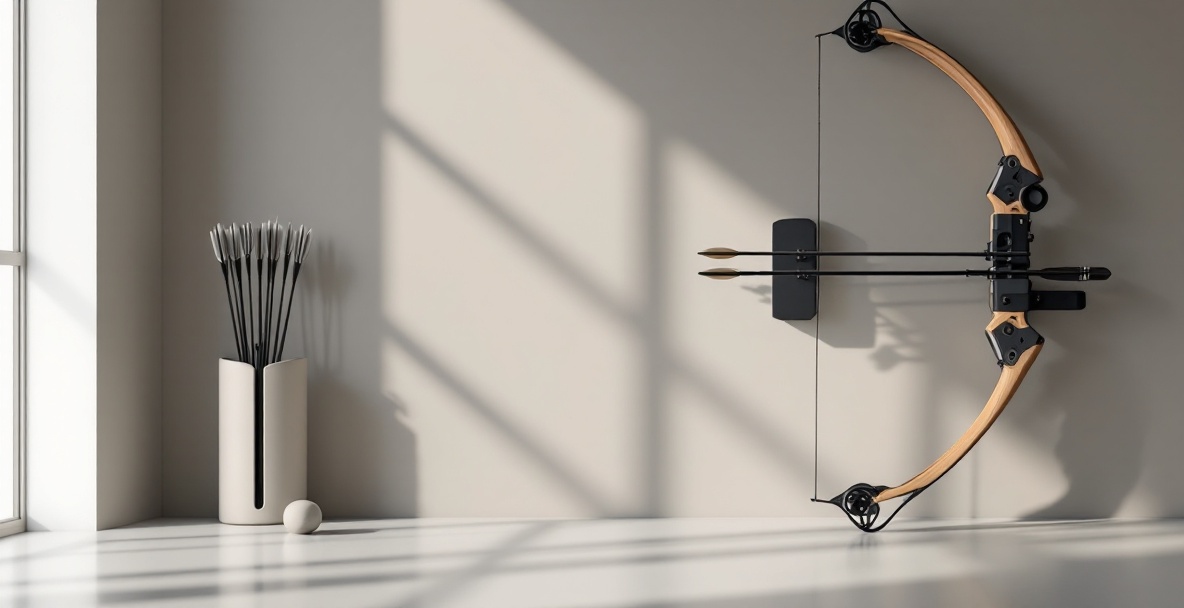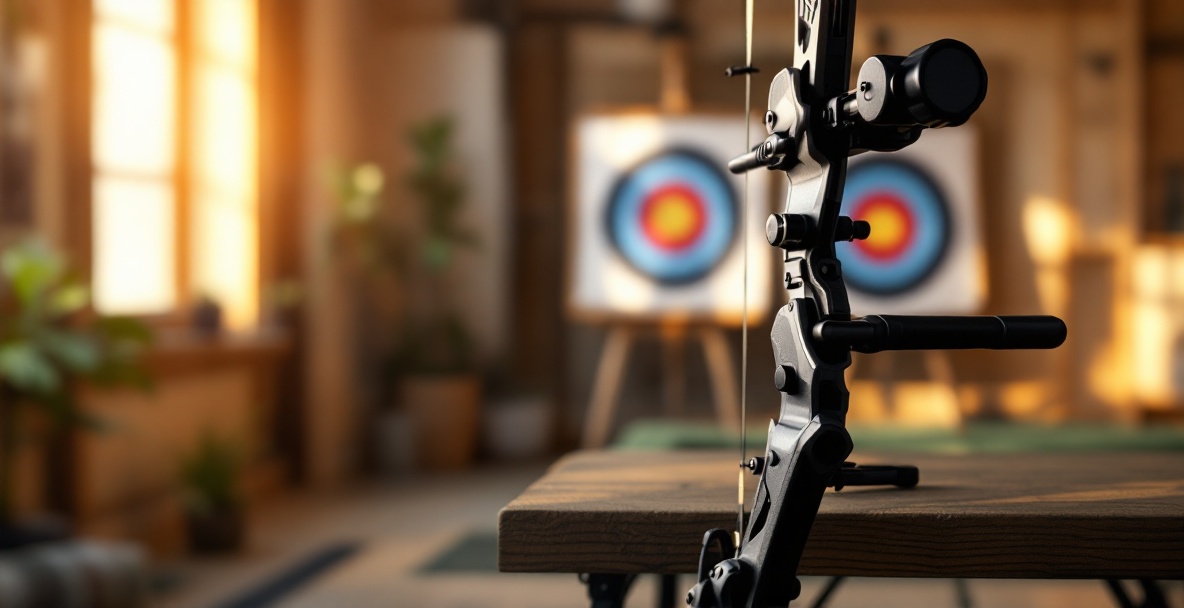Imagine having your very own space where you can hit the target whenever inspiration strikes. Home archery practice lets you fine-tune your form without wasting time on travel or sharing crowded commercial ranges. Whether you are just beginning or already a pro, your own range lets you schedule practice on your terms. At OneX Archery, we know that having your own practice spot makes all the difference, turning occasional sessions into a daily habit that speeds up your progress and deepens your love for the sport.
Why Create Your Own Archery Range at Home?

Setting up your own range brings real benefits for archers at any level. When you have a personal practice space, you can step into your backyard or indoor area for a quick session without excuses. This control over lighting, shooting distance, and overall ambiance lets you tailor every practice to your needs. You save hours you might otherwise spend commuting, and you enjoy cost savings by avoiding membership fees or range rental charges.
Having a home range also gives you a judgment-free zone to experiment with new techniques and adjust your equipment without feeling self-conscious. It turns practice into an opportunity for creativity and growth, whether you’re refining your stance or trying out a different shooting style. For families, a home range can become a warm hub for sharing a hobby, preserving the tradition, and building bonds while creating long-lasting memories.
Finding the Perfect Spot for Your Archery Range

Choosing the best spot is key for a successful archery range. You need a space that lets you shoot comfortably and safely, with enough room to set up your target and take full advantage of your stance. Make sure the area has the proper shooting distance, plenty of width for your equipment, and enough headroom if you are indoors. For most casual archers, a stretch of 20 yards is ideal, but even shorter distances can work well when you are focusing on your form.
Look for a spot that is quiet and enjoys consistent lighting. Outdoor areas with natural light are fantastic, while indoor spaces benefit from even, glare-free lighting. Ease of access is also important; a range that is always ready to go will invite more frequent practice. Ensure the ground is flat and free of obstacles that could trip you up while taking your shot.
Don’t forget about privacy. A spot that offers some separation from neighbors helps avoid misunderstandings and lets you shoot with total peace of mind. Before you start, take a moment to check if it's safe to shoot in your yard. Local rules vary, and knowing your setup is secure lets you concentrate on your progress.
Indoor or Outdoor: Which Works Best for You?
Both indoor and outdoor ranges have their own benefits. An indoor range offers the comfort of practicing regardless of the weather, with steady lighting and stable temperatures. This controlled setting lets you focus on your form without worrying about the sun turning your shadow into a moving distraction, and your bow performs consistently in these steady conditions.
Outdoor ranges, on the other hand, give you extra space to shoot longer distances without needing a large indoor room. The natural light and open air create a refreshing atmosphere that many archers enjoy, and it mimics the conditions of hunting or outdoor tournaments. Outdoors, you don’t have to worry about arrows hitting interior walls, giving you the freedom to fully enjoy your practice sessions.
In the end, your choice depends on your needs. Consider your local weather, available space, archery style, and goals. Some archers even set up both an indoor lane for rainy days and an outdoor range for full training sessions. For ideas on designing an indoor space, check out how to build your own indoor range and discover practical tips that can boost your skills.
Always Prioritize Safety in Your Range Setup
Safety comes first when setting up your personal archery range. Start with a strong backstop by using a quality archery net or foam barrier that extends at least two feet beyond your target in every direction, ensuring stray arrows are safely caught. If you’re setting up outdoors, adding extra barriers like a berm or a hillside behind your backstop can give you extra peace of mind.
Make sure your shooting lane is completely clear of any objects or hazards that might alter an arrow’s path or cause accidents. Designate a safe waiting area far behind the shooting line for anyone observing or waiting their turn. Even if you practice alone, sticking to a set of clear rules will help prevent accidents when friends or family join you later.
When more than one person is using your range, clear communication is essential. Agree on simple signals or verbal commands so that everyone knows when it is safe to approach the target and when shooting is underway. Keep all your equipment stored securely, especially if children are around. As the range owner, it is up to you to make sure everyone follows these safety rules.
Must-Have Equipment for Your Home Archery Range

Setting up your range goes beyond having just a bow and arrows. Choosing the right targets is crucial for effective practice. Foam targets are tough and designed to stop most arrows, while bag targets perform well during high-volume shooting sessions. If you want to mimic hunting, 3D animal targets can offer realistic feedback and point you in the right direction.
A good measuring tool is essential to set accurate distances. Whether you use a laser rangefinder, a measuring wheel, or even painted lines on the ground, these markers ensure your practices are consistent. Marking your shooting line accurately helps maintain solid form and steady shots over time.
Think about investing in an arrow retrieval tool so you can safely collect arrows without risking damage or injury. A dedicated bow stand shields your equipment from ground damage and keeps it handy between sessions. Finally, a weather-resistant storage solution near your range allows for quick setup and tear-down, helping you practice even on days when time is short.
Choosing the Best Bow and Arrows for Practice
When selecting your bow and arrows, think about both performance and durability. While your competition bow might work, many archers prefer a separate practice bow that is robust and more affordable. This way, you can protect your top-tier equipment while still getting the repetitive practice you need.
Arrow choice is equally important. Many choose aluminum arrows for their durability in high-repetition sessions, while others stick with carbon arrows for consistent performance. Ensure your arrows match your bow’s specifications in terms of weight and stiffness. Standardized practice arrows help you build reliability and accuracy over time.
Balanced equipment can greatly enhance your shooting experience. Adding precision-engineered stabilizer weights reduces hand shock and improves control. These weights are customizable to match long practice sessions or simulate a competition setup, and their stainless steel design promises consistent performance shot after shot.
Setting Up Your Targets on a Budget
Your target selection can greatly influence your practice and budget. Foam block targets are a budget-friendly choice that stops arrows effectively and remains portable; these usually run between $30 and $100, depending on size. They are excellent for working on your form, though they might not last as long with heavy use.
Bag targets provide durability for those who need to shoot a lot and can range in price from $50 to $200, depending on the quality and size. They are friendly for beginners, though they do require field points instead of broadheads. For archers looking for a competitive feel, a tournament-style foam target on a sturdy frame can offer clear scoring feedback.
If you are budget-conscious, you might explore DIY options using compressed carpet or layered cardboard. However, these require more upkeep. For creative ideas, check out how to build a DIY target and backstop and discover customized solutions that save money in the long run. Investing in quality targets may cost more upfront, but it saves you money per shot over time.
Tips and Tricks for a Winning Range Setup

How you arrange your range can make a big difference in your practice. Position your target so the sun is behind you, which helps reduce glare and unwanted shadows on your target. If you are shooting outdoors, look at the wind direction and try to shoot across it rather than face a head-on blast. This simple adjustment can give you more reliable conditions for assessing your performance.
Create a dedicated spot to keep track of your scores. Whether it’s a notebook or a digital app, writing down your performance can turn casual practice into steady improvement. Rather than simply shooting arrows, consider setting a schedule: spend some time on close-range form work, then move to your competition distance for scored sessions, and finish off with drills designed to test your mental strength.
Mix up your routine with some interval training. Instead of a relaxed pace, set a timer and challenge yourself to hit your targets within set limits. This not only builds physical stamina but also helps you stay calm under pressure. You might also set up a mirror or camera to review your form, or even add a target camera system to maximize your shooting time on busy days.
Getting Your Distance Just Right
Accurate shooting distances form the backbone of effective practice. While competition venues neatly mark these distances, your home setup might need a little extra effort. A laser rangefinder can give you the exact measurements you need to set up reliable markers. Once measured, consider installing permanent markers like stakes or painted lines to guide every session.
Build a measurement system that fits your style. You might choose 10-yard increments for compound target archery or 5-yard markers for traditional shooting method. Indoor ranges work well with durable floor tape that marks your shooting spot without causing hazards. Sometimes, practice without the markers to sharpen your instinct for distance estimation even further.
Keeping Your Practice Distances Consistent
Consistent distances can make all the difference when trying to build reliable skills. Set up permanent anchor points such as concrete footings or mounted brackets for your targets so that checking your distance is always quick and easy. For those with a portable setup, using familiar landmarks or string lines helps ensure your targets remain in place every time you practice. Consistent practice distances give you a solid foundation to improve steadily.
Many archers add a “walkback drill” to their sessions, which means changing distances throughout one practice period to challenge and improve their skills. This drill requires careful marking but helps you build adaptability and better distance estimation. Making a simple diagram of your range with all the measured points can keep everyone on track, especially if you share the space with family or fellow archers.
Taking Care of Your Range and Equipment
Keeping your range in top shape is crucial for both safety and performance. Develop a regular check routine that includes inspecting your backstop for any damage after heavy shooting sessions. Look for tears or compression that might reduce its stopping power, and regularly rotate your foam targets so they wear evenly. Regular maintenance is the key to keeping your setup reliable.
Ensure that your shooting lane stays clear of debris, fallen branches, or overgrown plants that could interfere with your shot or your footing. In indoor ranges, clean up arrow fragments and target pieces to avoid damage to your equipment. Check walls and backstops often to confirm that everything continues to contain your shots safely.
Outdoor ranges face challenges from the weather. Use weather-resistant covers to protect your targets when you’re not shooting, and secure all stands and backstops with proper anchors to handle strong winds. This proactive care not only extends the life of your equipment but keeps your range ready for action without extensive setup time.
Knowing When to Upgrade Your Range Parts
Recognizing the signs that equipment needs to be replaced is essential for safety and better practice. If you notice the target faces show clear wear or arrows start penetrating them easily, it is time for an upgrade. Check your backstop nets for any fraying or holes that could let arrows through. Timely replacements keep your practice safe and efficient.
Over time, shooting line markers fade or wear out. Refreshing these guides helps maintain clarity and consistency during your sessions. Also inspect all structural parts like stands, frames, and supports for rust or damage. Investing in quality parts and replacing worn items on time prevents safety risks and the frustration of interrupted practice.
Time to Shoot: Your Home Archery Range Awaits
Building a home archery range is a big step toward sharpening your skills. With the right spot, safety measures, and equipment in place, you lay the groundwork for steady improvement. What starts as a simple target on a solid backstop can evolve into a full training zone that meets your personal goals. The real reward lies in regular practice, smart routines, and the thrill of seeing your scores climb in your very own space.
Keep fine-tuning your setup and your technique as you grow. Stay open to changes that make your range even safer and more effective. The perfect home range blends comfort with challenge, drawing you back on those days when motivation is low. Whether you are gearing up for a competition, hunting season, or simply chasing personal growth, your home range is where archery excellence begins, one arrow at a time.
Ready to optimize your home archery range with professional-grade equipment? Visit OneX Archery today to explore our precision-engineered stabilizer weights designed to enhance your accuracy and stability during practice sessions. Our stackable, corrosion-resistant stainless steel weights integrate seamlessly with any bow setup, providing the perfect balance for consistent performance in any condition. Take your home practice to the next level with equipment trusted by serious archers worldwide.
Leave a Reply